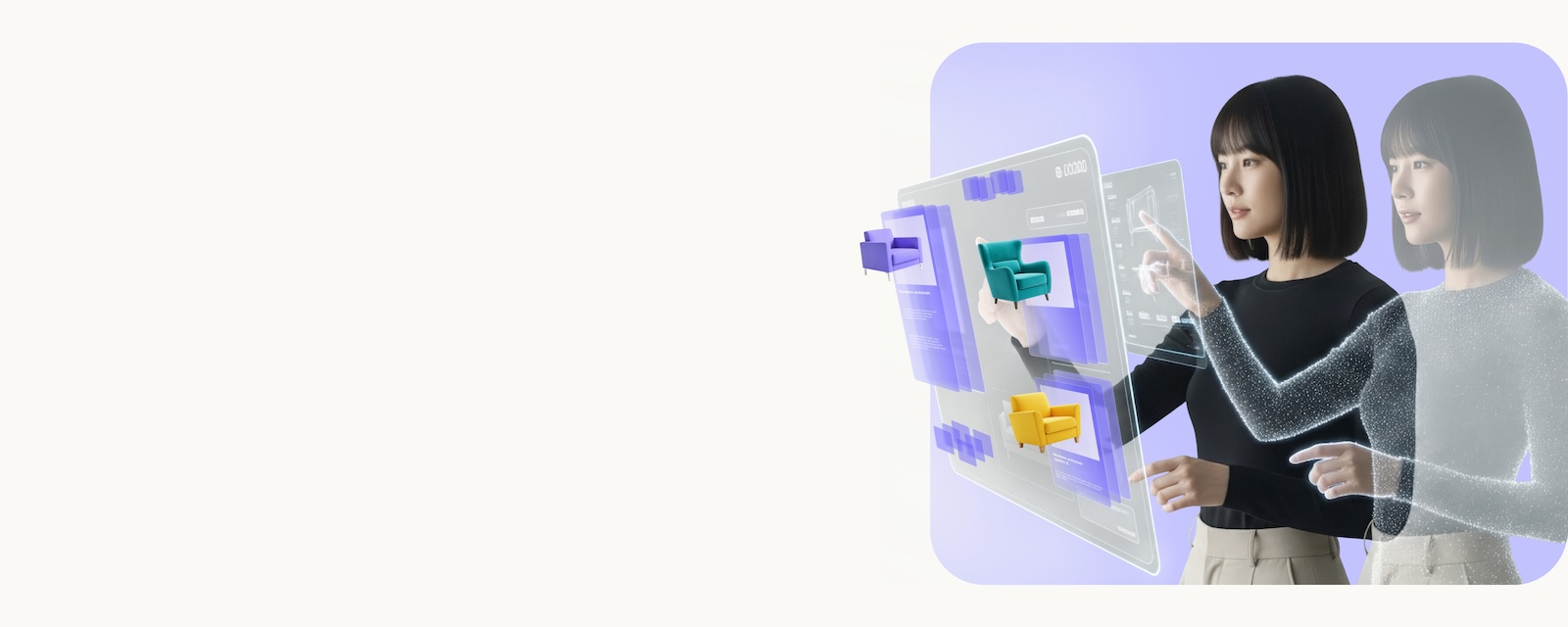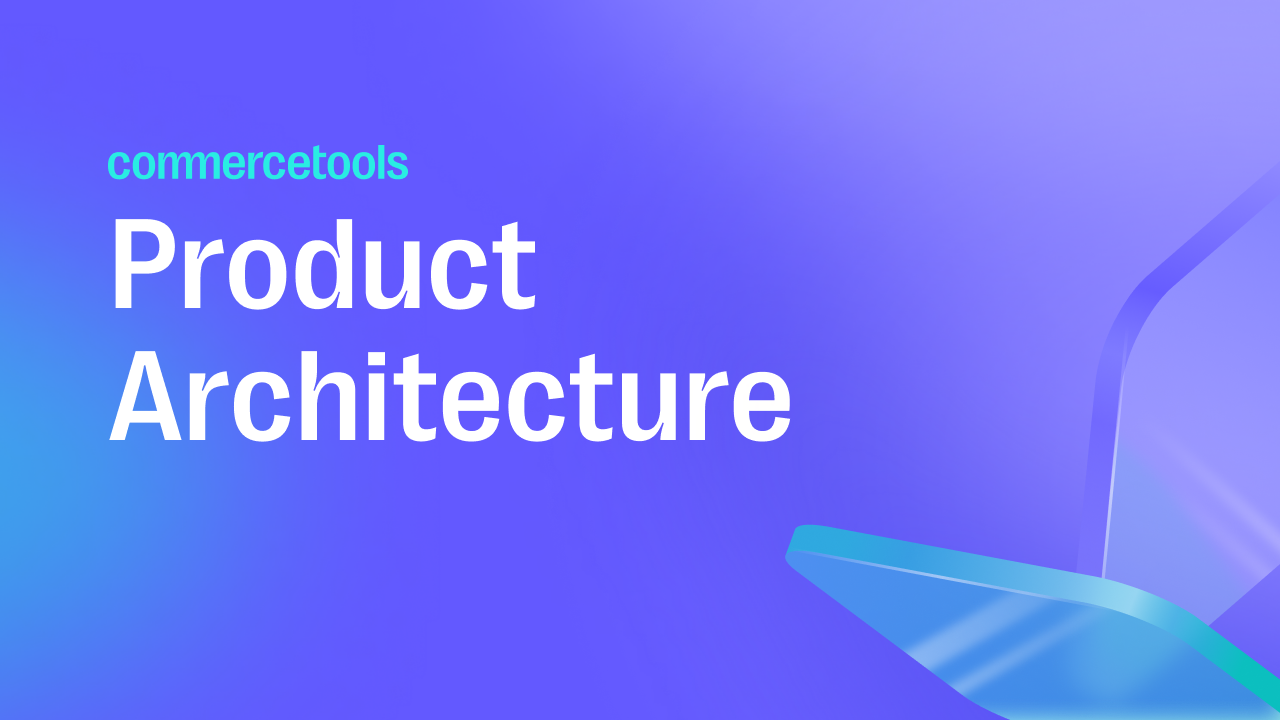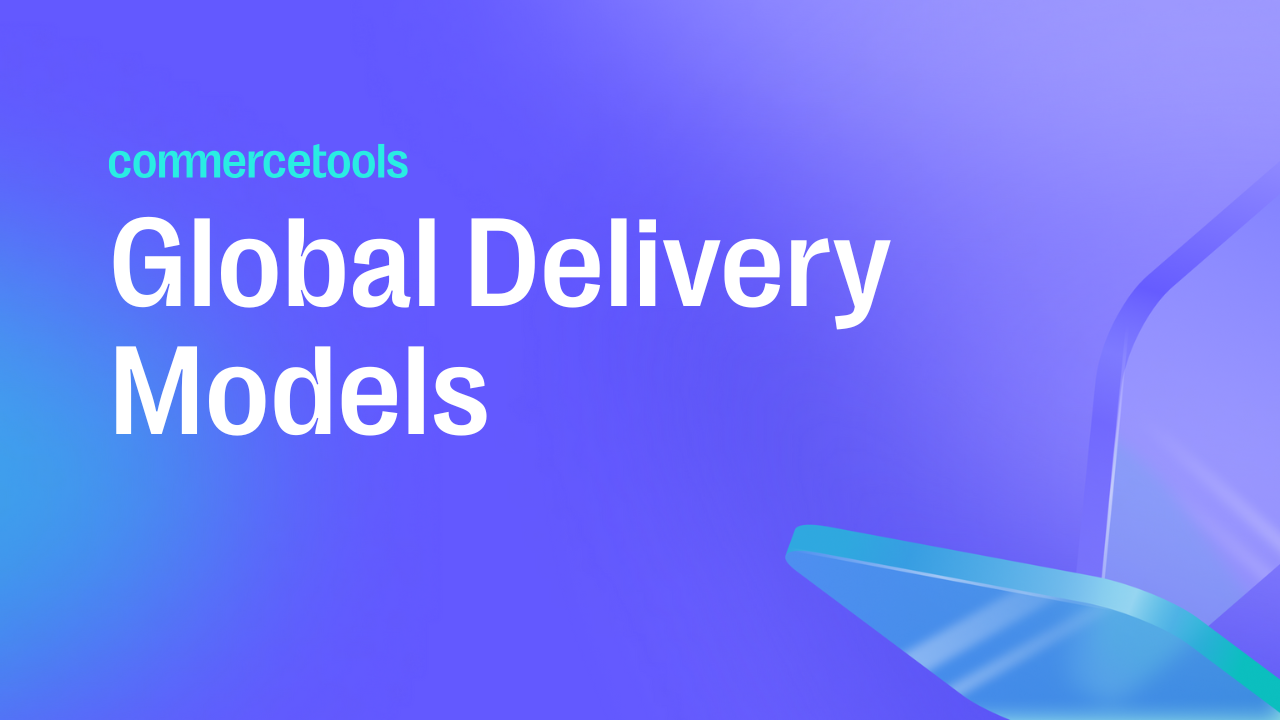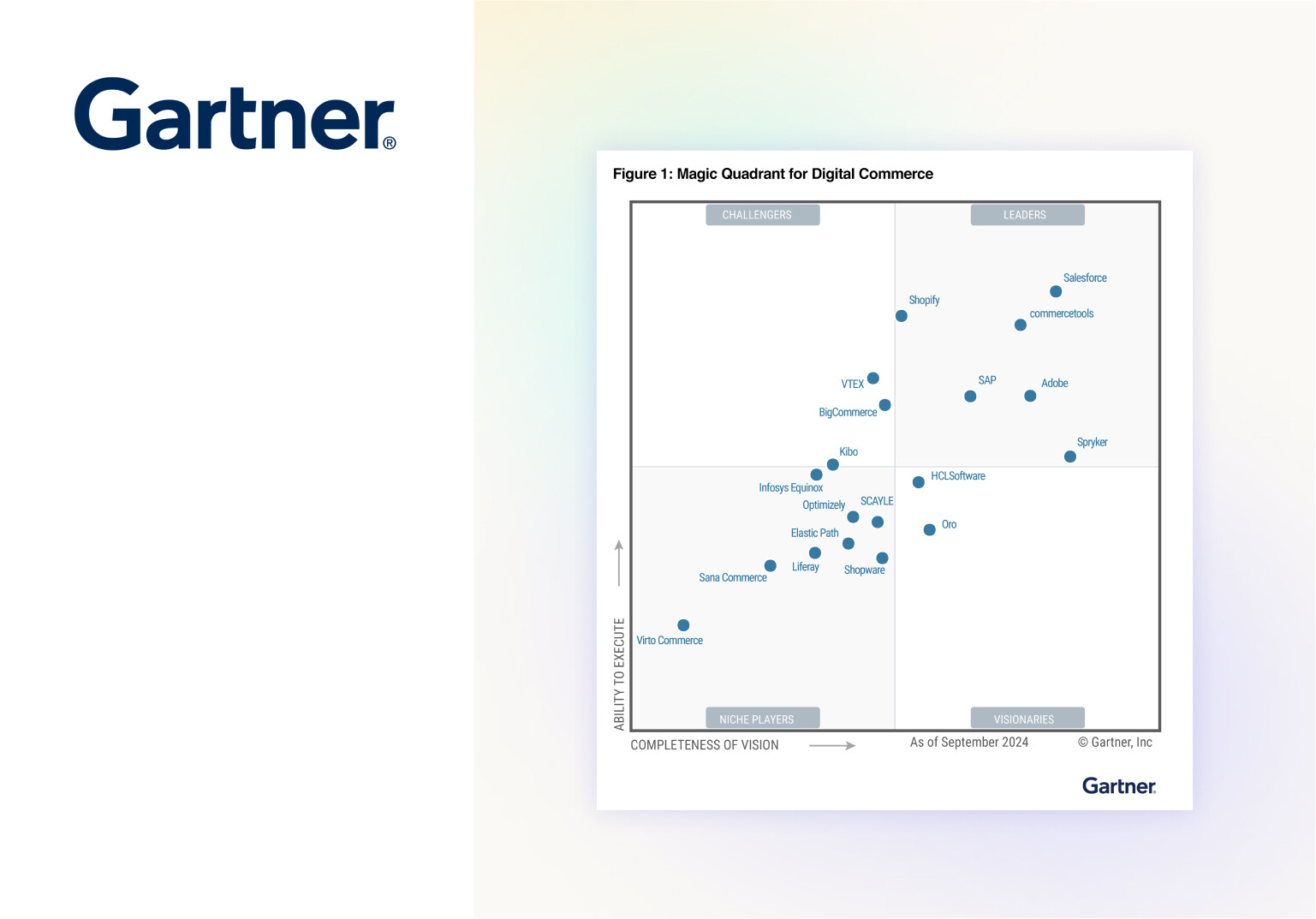Trusted by leading global enterprises
The commerce platform behind the world’s boldest enterprise leaders
Whether it’s peak-season traffic, global expansion or AI transformation, commercetools delivers the scale, speed and trust modern enterprises demand.
Delivering 100k orders/min
100% uptime
<23ms average response time
With rapid changes in the food delivery market, we needed a system that can scale with us. commercetools gives us the flexibility, scalability and speed to support our ambitions.
GLOBAL HEAD OF ECOMMERCE PARTNER MARKETING, JUST EAT TAKEAWAY.COM
Fast-changing markets, rising customer expectations and emerging AI tools demand a new kind of platform, one that’s modular, resilient and intelligent at the core. That’s what the commercetools Platform delivers.
The world is our oyster. We've just changed from a ‘no’ business to a ‘yes’ business. Now everything is possible. All that stuff we couldn't do with referrals, loyalty, gift cards, etc. Now we're saying yes, but we've got to start prioritizing because there's so much we can do.
CIO, INTERFLORA AUSTRALIA
Unified commerce, delivered globally One platform. Every channel. Anywhere.
Bring together your key commerce channels—web, mobile, in-store, and AI, on a unified foundation that connects every touchpoint. commercetools enables seamless experiences and intelligent automation across the entire customer journey, no matter where or how they engage.

AI-ready Power smarter, agentic commerce.
With native support for agentic workflows and Model Context Protocol (MCP), commercetools enables intelligent automation, personalization and decision-making securely and at scale.

Flexible by design Adapt fast. Grow faster.
commercetools gives you the freedom to adapt, launch new channels, enter markets or change strategies,without replatforming. Modular, versionless architecture scales as your business grows.
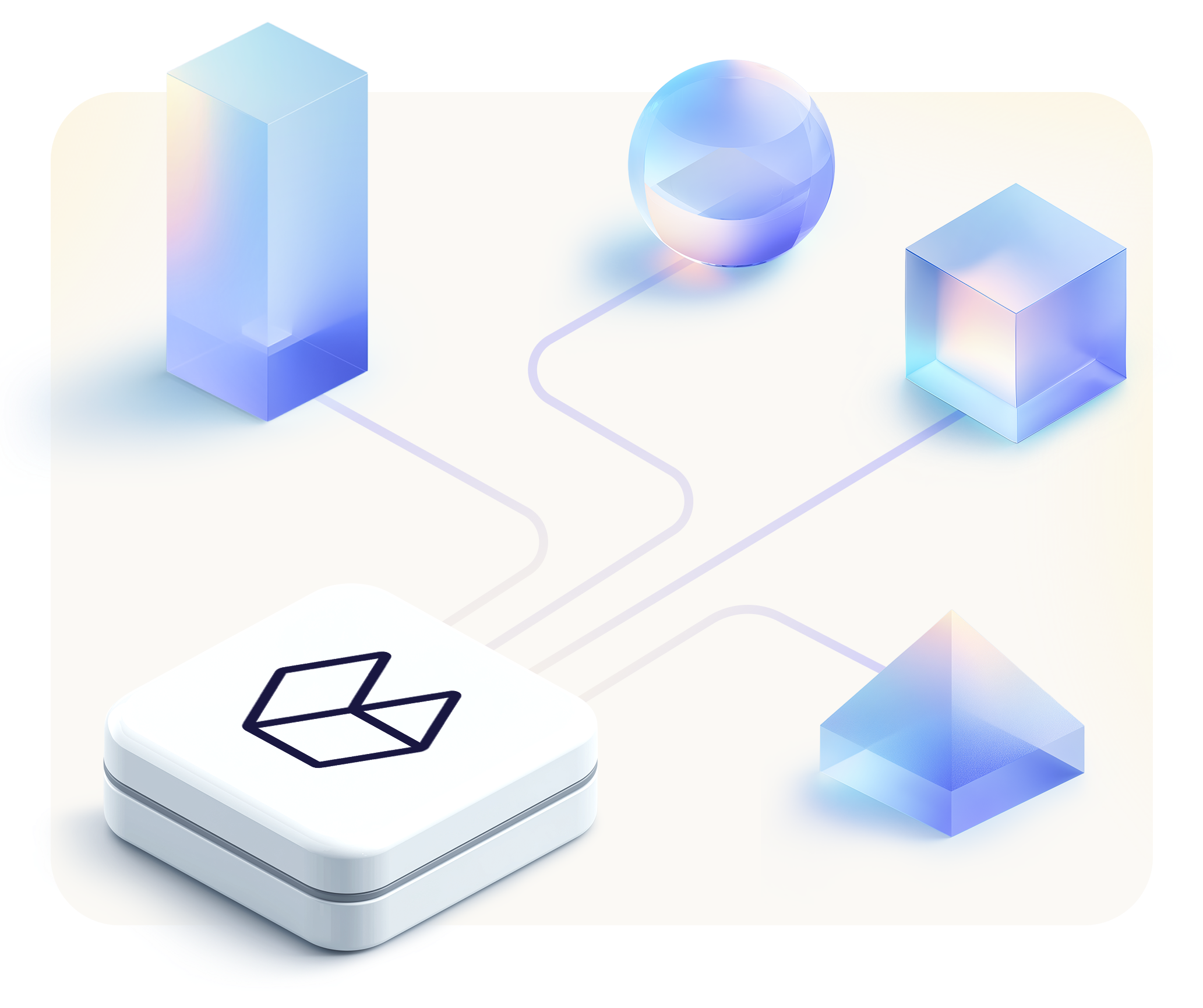
Efficiency-driven, growth-ready Spend smarter. Scale better.
Avoid bundled lock-ins and hidden costs. commercetools’ modular pricing and pay-as-you-grow model reduce TCO and unlock ROI across every stage of growth.

Trust at every layer Secure, reliable, resilient and built for peak performance.
commercetools combines enterprise-grade security with unmatched scalability and speed, ensuring your storefronts stay fast, stable and protected, no matter the demand.
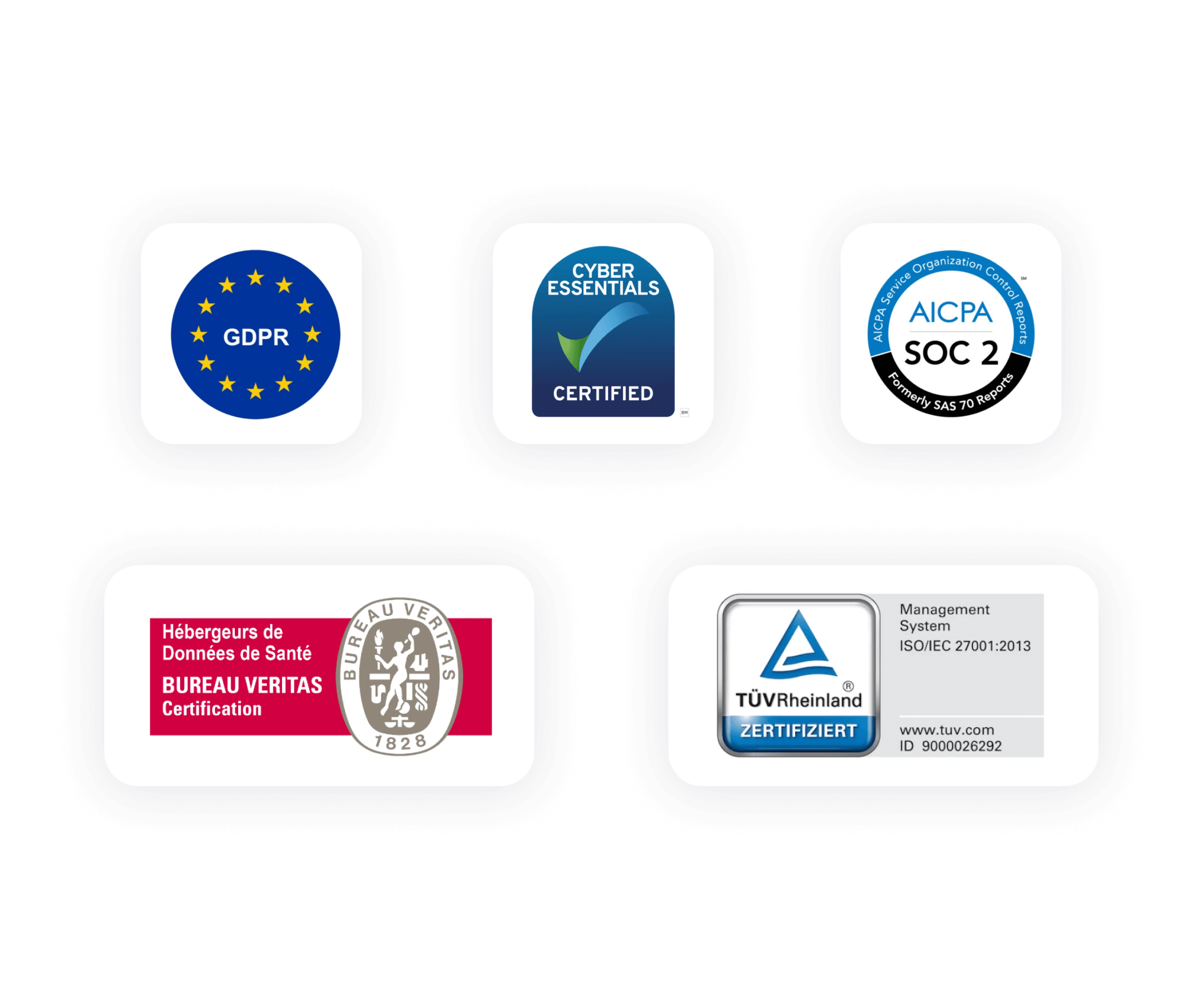
Turn Intelligence into Impact

Your strategy shouldn’t wait on your stack

Confidence to move fast without breaking trust
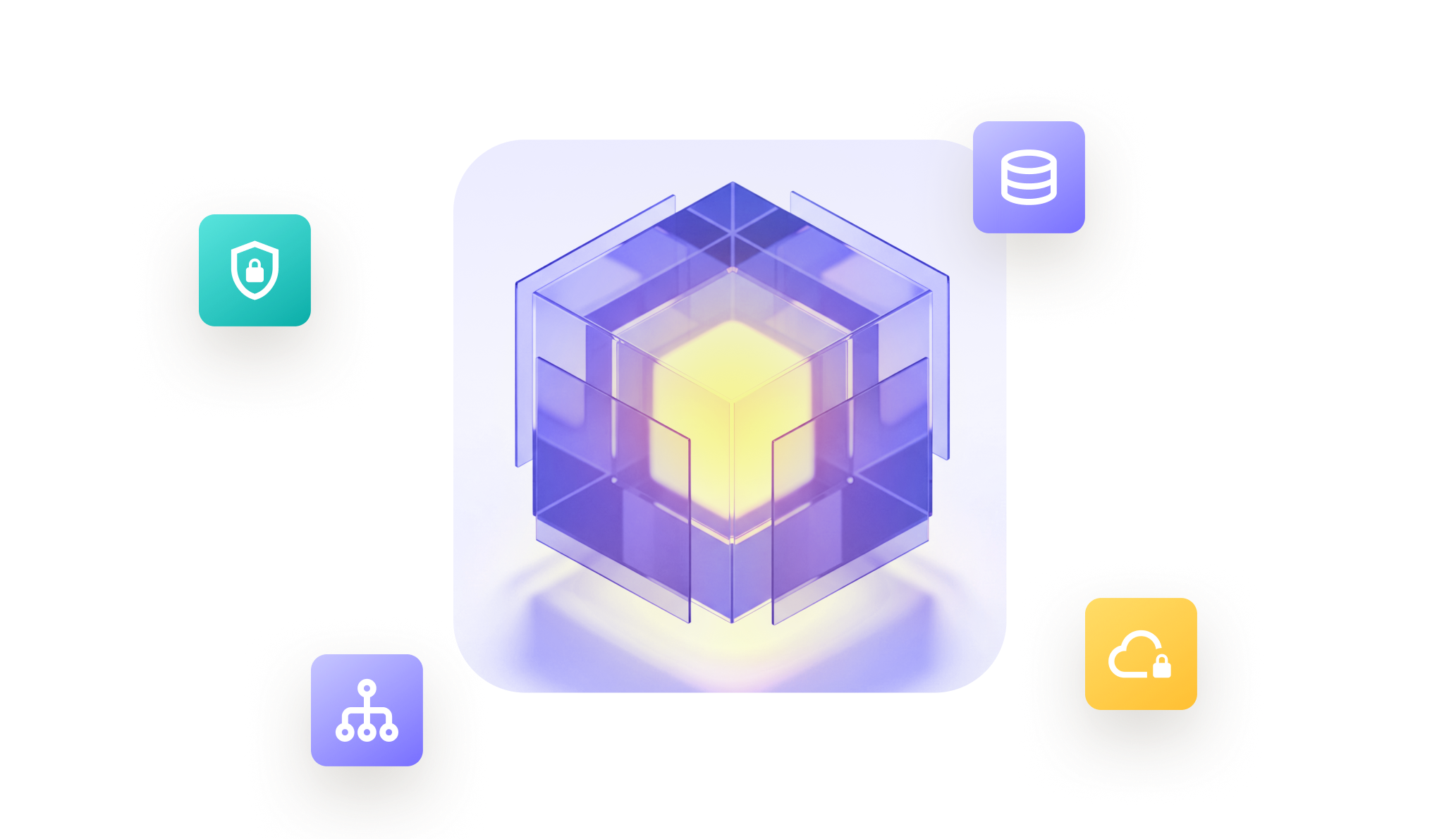
Always-On, even when it matters most

The only future-proof platform
The days of painful migration projects are over. commercetools Composable Commerce Platform enables you to embrace the evolution of commerce. Infinitely. Ready to solve your commerce challenges?
Check all the boxes
Do your due diligence. Ask our experts the hard questions. Explore our documentation. Get rid of any doubt that commercetools is the right choice to drive your business forward.
How do we stand up to the competition?
Form meets function
Additional tools of the trade. Designed to ensure your platform fits your business needs perfectly.



